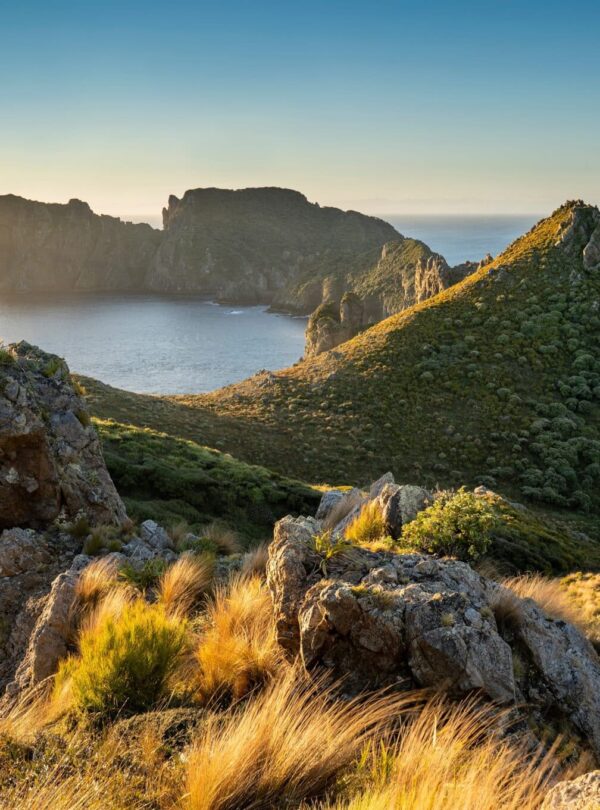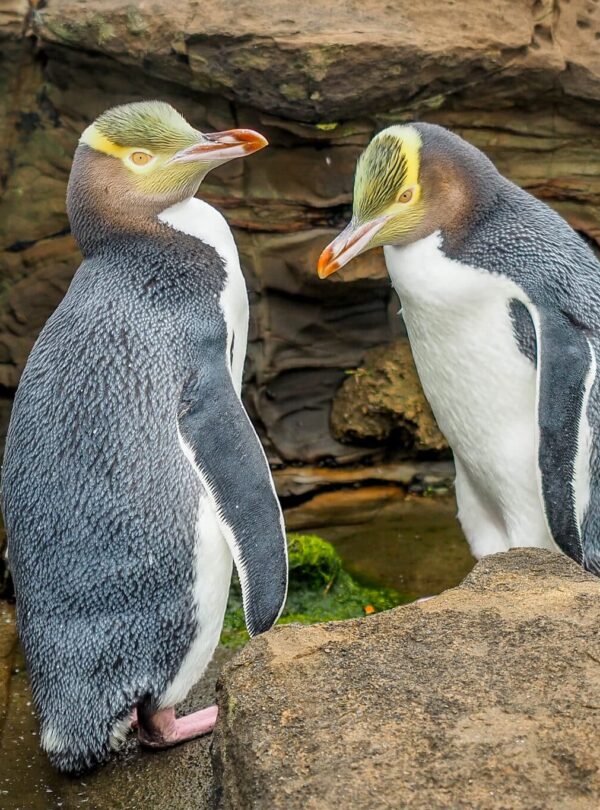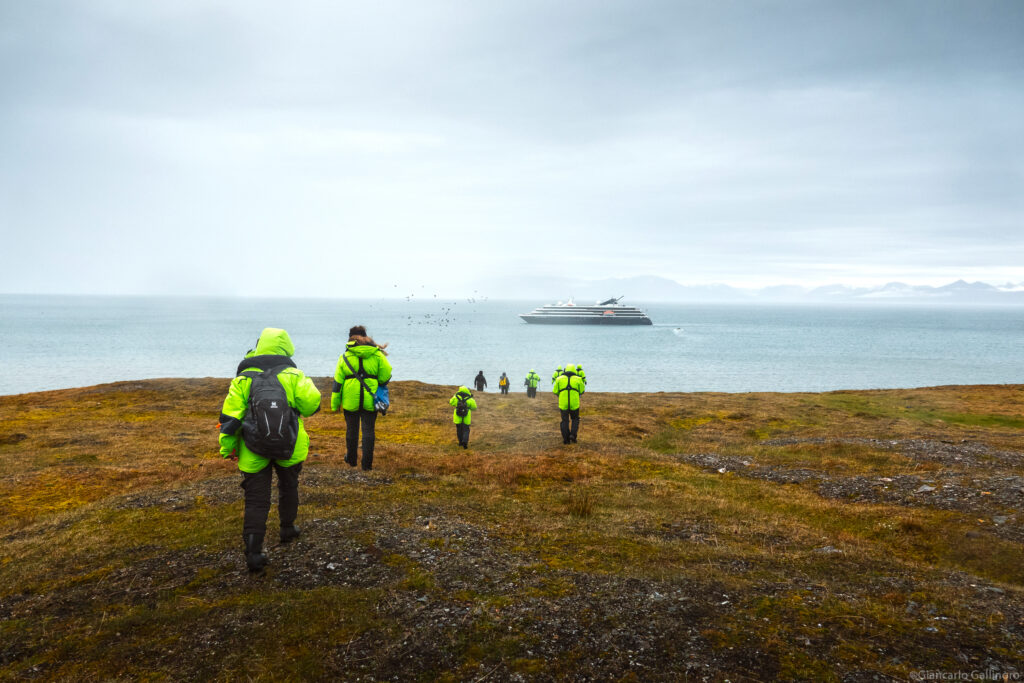Overview
Discover the primordial beauty of the UNESCO World Heritage listed Australian and New Zealand Subantarctic Islands on this in-depth exploration of a most rugged region of the antipodes.
Witness richly endemic birdlife flourishing on Stewart and Ulva Islands, including the iconic brown kiwi (southern tokoeka) and friendly flightless weka. Celebrate under the crimson blossoms of the flowering rātā, affectionately known as the ‘southern Christmas tree’. Experience the humbling majesty of Fiordland’s deep Sounds, and Zodiac cruise the craggy coast of the Snares, breeding grounds for the rare Snares crested penguin and Buller’s albatross. Heading back north, we may visit mystical Campbell Island, where meandering boardwalks lead you past flowering megaherb moors to nesting grounds of southern royal albatross. On the Auckland Islands, wander through enchanting rātā forests, spot endemic mollymawks and hear stories of the sealers, settlers and explorers that preceded us.
Trip Highlights
- Explore the seldom-visited islands of the antipodean subantarctic, a sanctuary for millions of breeding albatross, penguins and seals.
- Discover the delicate subantarctic ecosystem of Campbell Island (Motu Ihupuku), where royal albatross nest amidst fields of flowering megaherb.
- Skirt rowdy beaches crowded with harems of New Zealand (Hooker’s) sea lions to reach rātā forests where rare yellow-eyed penguins can be found.
Itinerary
Please fill out the form below to request a quote for rates.
Inclusions
- All airport transfers mentioned in the itinerary.
- One night’s hotel accommodation including breakfast, in Dunedin on Day 1.
- Onboard accommodation during voyage, including daily cabin service.
- All meals, snacks, tea and coffee during voyage.
- Beer, house wine and soft drinks with dinner.
- Captain’s Farewell reception including four-course dinner, house cocktails, house beer and wine, non-alcoholic beverages.
- All shore excursions and Zodiac cruises.
- Educational lectures and guiding services provided by Expedition Team.
- Complimentary access to onboard expedition doctor and medical clinic (initial consultation).
- One 3-in-1 waterproof, polar expedition jacket.
- Complimentary use of Muck Boots during the voyage.
- Comprehensive pre-departure information.
- Port surcharges, permits and landing fees.
- Wi-Fi*.
Exclusions
- International or domestic flights – unless specified in the itinerary.
- Transfers – unless specified in the itinerary.
- Airport arrival or departure taxes.
- Passport, visa, reciprocity and vaccination fees and charges.
- Travel insurance or emergency evacuation charges.
- Hotel accommodation and meals – unless specified in the itinerary.
- Optional excursions and optional activity surcharges.
- All items of a personal nature, including but not limited to alcoholic beverages and soft drinks (outside of dinner service), gratuities, laundry services, personal clothing, medical expenses or phone charges.
Map

















